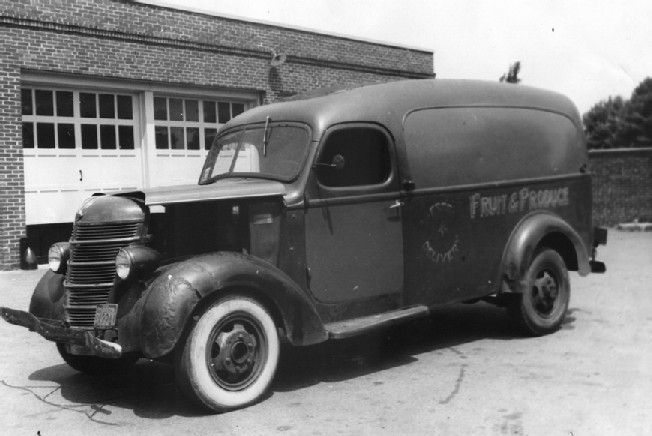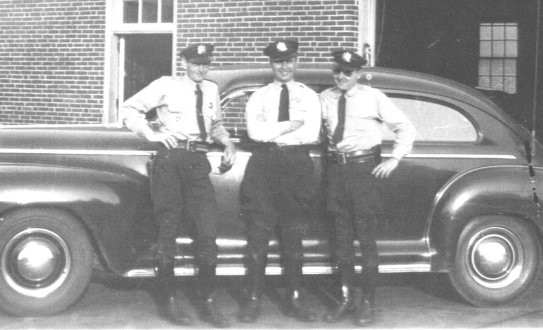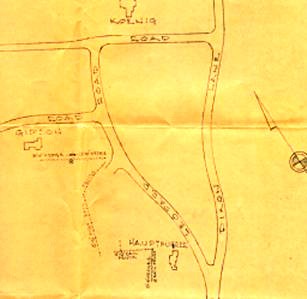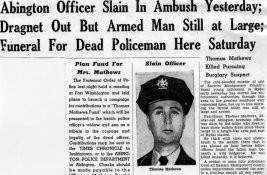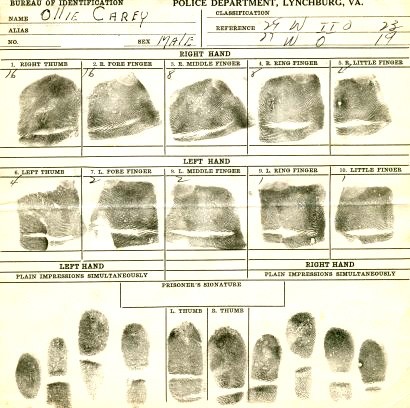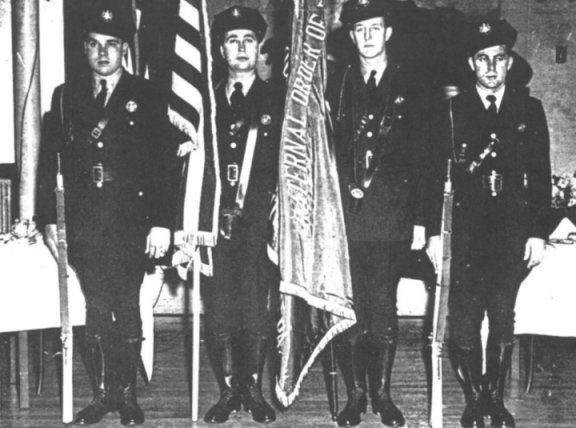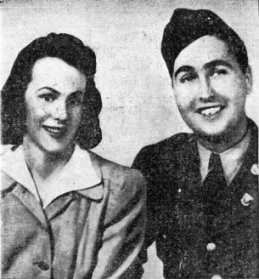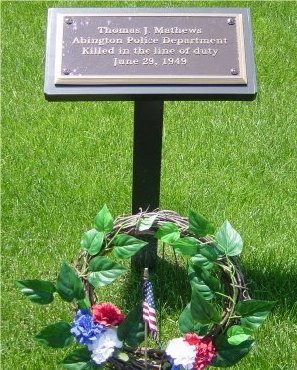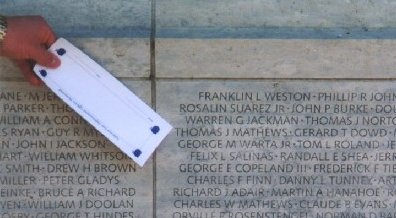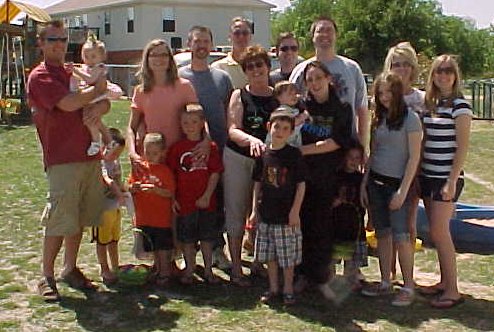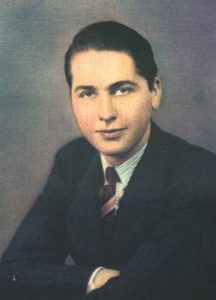 The early morning hours of Wednesday, June 29th, 1949 were warm and clear as Officers Tom Mathews and Clark Cutting of the Abington Police Department patrolled beat #4 in the township’s upscale Rydal section.
The early morning hours of Wednesday, June 29th, 1949 were warm and clear as Officers Tom Mathews and Clark Cutting of the Abington Police Department patrolled beat #4 in the township’s upscale Rydal section.
At 1:18 A.M. the two young policemen turned onto quiet Dixon Lane. Officer Mathews, a four-year veteran of the force, noticed that outdoor floodlights were on at one of the large homes up ahead on Barrowdale Road. “There are lights in Koenig’s, we had better drive in,” he said to his partner. As the officer pulled onto the property, they saw Mr. Koenig signaling from a second story window.
“My dogs were barking quite a bit,” Koenig explained to the officers. “I thought someone might be around, so I turned the lights on.” As the officers got out of their car to investigate, they heard an engine start up. The sound came from the nearby intersection of Barrowdale and Leopard. The officers jumped back in their car and located an older, green International panel truck just minutes later. The vehicle was turning into the O’Neil property at Leopard and Dixon when the officers pulled up behind it. Oddly enough, the dilapidated truck immediately began backing out of the driveway. Officer Mathews called for the driver to stop. Officer Cutting remembered that the man behind the wheel almost backed into the patrol car, and noticed that the truck was missing its rear cargo doors and had “Fruit & Produce” painted on the side in weathered lettering.
As the officers approached the truck, they found the driver clad in sandals, brown pants, and a blue checked shirt. Off. Cutting asked the man for identification, while Officer Mathews examined the rear of the vehicle. The driver retrieved an expired license in the name of “Robert Arden” from the glove box and exited the truck while Officer Cutting took a closer look at the interior. Shining his police issue flashlight on the driver, Officer Mathews asked what the bottles in the cargo area contained. “Bourbon,” the man replied. “It doesn’t read bourbon here,” said Mathews, momentarily turning his flashlight into the vehicle for a better look at the contents.
Taking advantage of the momentary distraction, the suspicious driver bolted across Leopard Road and onto the spacious lawn of the three-story Hauptfuhrer Estate.
“Halt,” Officer Mathews yelled, and fired several warning shots with his .38 caliber Smith & Wesson revolver. The officers chased the man past the expansive home and into the thick woods behind the estate. Officer Mathews yelled to his partner to return to the patrol car and summon more help. In 1949, officers had no walkie-talkies.
Hurrying back to Car #4, Officer Cutting radioed for assistance to Sgt. Robert Murray, who was manning the Abington Police base station. Cutting described the suspect, as well as the truck. Sgt. Murray dispatched all available cars to assist. Cutting then headed to the suspect’s truck and removed the rotor from the distributor to ensure that the suspect wouldn’t be able to start the vehicle, should he double back. Anxious to locate his partner, Officer Cutting jumped into his squad car in an attempt to cut off the fleeing suspect. He drove to Leopard and Panther, where he turned off the motor and listened. Hearing nothing, he called out to Officer Mathews, but received no answer. The worried officer then drove west on Panther to Washington Lane, where he was met by Abington Car #6, occupied by Officer Herb Mooney. Cutting directed Mooney to check the area near a long driveway that ran onto Washington Lane, and drove back to the Hauptfuhrer Estate. There he was joined by Officer Bilger of the neighboring Lower Moreland Police Department.
Growing more concerned by the minute, the two officers searched the woods where Officer Mathews was last seen, but found nothing. Soon, every officer working in Abington was involved in the desperate search. Floodlights brought to the scene by the Abington Fire Company soon provided the officers with an important clue. Helped by the added visibility, searchers located a handkerchief on a fence near Leopard Road. Did Officer Mathews leave it there as a marker?

